What I Wish I Knew Before Starting PT School
Starting physical therapy (PT) school can be a daunting experience. It’s a lot of change ... Read more
Written by: Priya Patel
Published on: March 22, 2023
Starting physical therapy (PT) school can be a daunting experience. It’s a lot of change ... Read more
Written by: Priya Patel
Published on: March 22, 2023
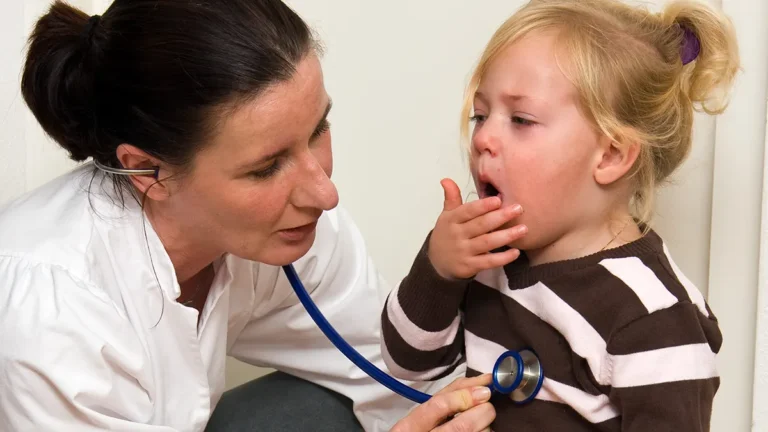
Area Health Education Centers, or AHECs, consist of around 300 locations that address primary care ... Read more
Written by: Emil Chuck, PhD
Published on: March 31, 2022
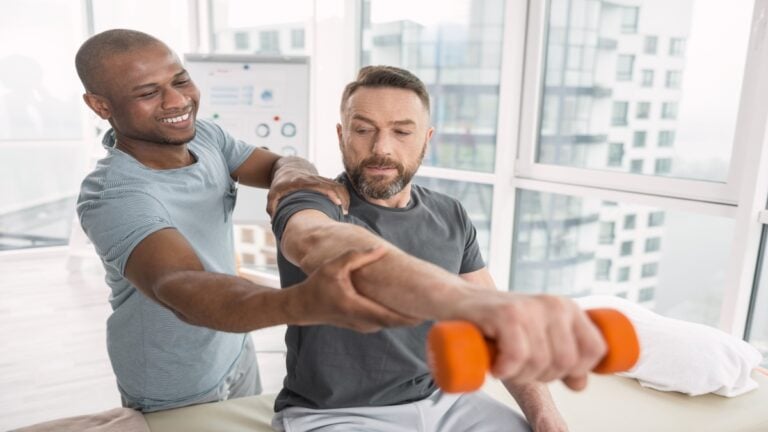
Congratulations on your decision to apply to PT school! Observation experiences are an important part ... Read more
Written by: Lauren Calamari
Published on: March 23, 2022
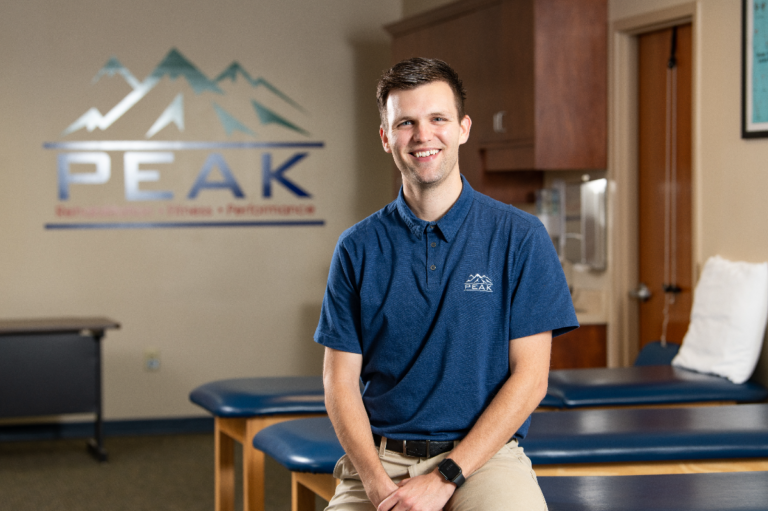
What does the life of a physical therapist entail? Dr. Caleb Mellinger, who is a ... Read more
Written by: Student Doctor Network
Published on: September 20, 2021

This is a transcript of the Ask Me Anything with DPT Students: Amber and Michael. ... Read more
Written by: Student Doctor Network
Published on: September 19, 2021
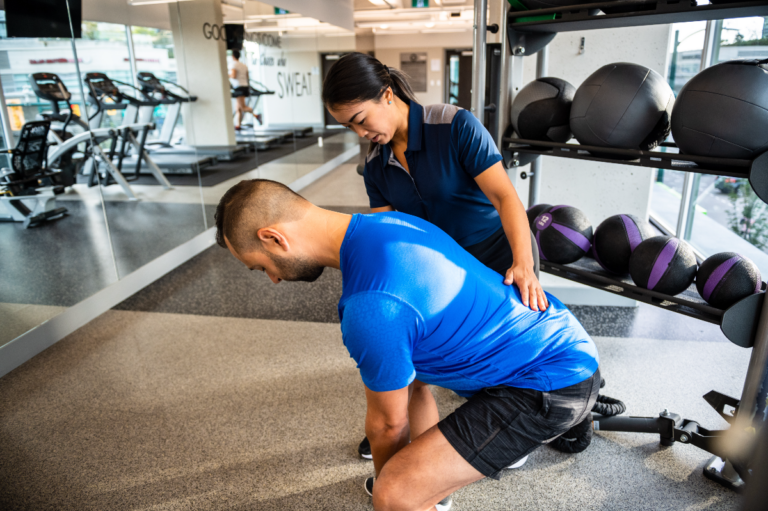
Congratulations on pursuing the route to be a physical therapist! The journey may be difficult ... Read more
Written by: Student Doctor Network
Published on: August 11, 2021

When you start physical therapy school you know you want to work as a physical ... Read more
Written by: Madison Oak
Published on: February 11, 2021
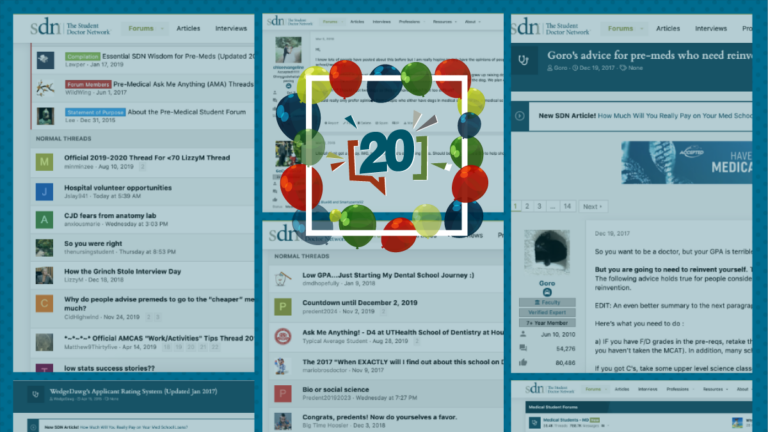
In honor of SDN’s 20th birthday, we have compiled a list of the most popular ... Read more
Written by: Student Doctor Network
Published on: December 2, 2019

Last year, as the summer was nearing its end, I started preparing to take the ... Read more
Written by: Katayoon Dowlatshahi
Published on: January 14, 2019

Welcome to “Research for the Rest of Us”, a column about navigating the complex intricacies ... Read more
Written by: Trevor C. Hunt
Published on: October 3, 2018
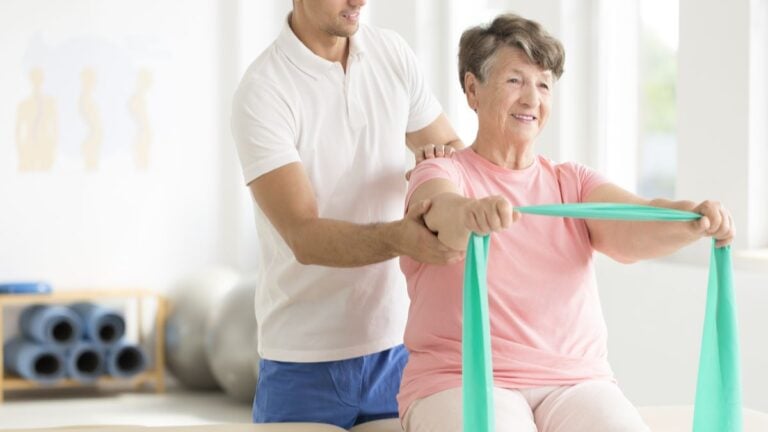
OT or PT? Occupational therapists (OT) and physical therapists (PT) often work side-by-side, addressing similar ... Read more
Written by: Caitlin Dobson
Published on: July 18, 2018
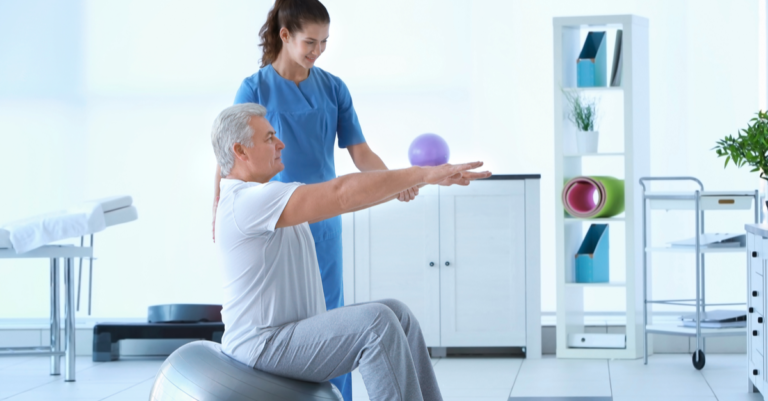
When you’re planning to apply to physical therapy school, you may or may not have ... Read more
Written by: Meredith Castin
Published on: May 28, 2018

Congratulations! You’ve submitted an application for your physical therapy dream job; you’re eager to shine ... Read more
Written by: Meredith Castin
Published on: January 2, 2018
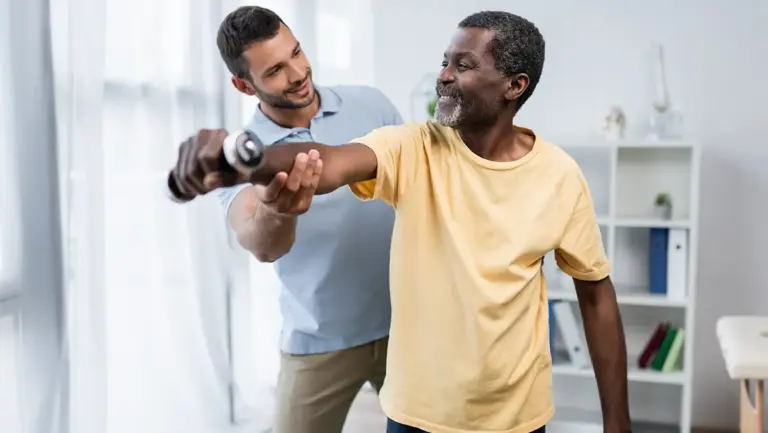
What is Physical Therapy? Chances are, you’ve heard of physical therapy (PT). Perhaps you have ... Read more
Written by: Meredith Castin
Published on: June 29, 2017

Are you experiencing clinician burnout? Do you bring your patients’ emotional and physical burdens home ... Read more
Written by: Meredith Castin
Published on: April 18, 2017

The first thing you notice about Paul Rockar, Jr., PT, DPT, MS, is his energy. ... Read more
Written by: Suzanne Barston
Published on: May 20, 2015
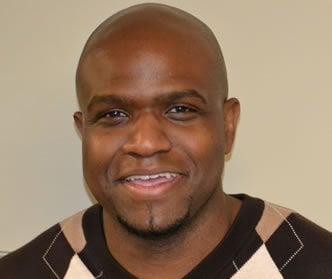
Jeremy Houser shares his advice for students and gives perspective on the field of physical therapy
Written by: Juliet Farmer
Published on: December 30, 2012
David Andry, PT shares his perspective on the field of physical therapy and advice for students
Written by: Juliet Farmer
Published on: May 13, 2012

Lani Hessen shares her perspective on the field of pediatric occupational therapy and advice for students.
Written by: Juliet Farmer
Published on: April 29, 2012